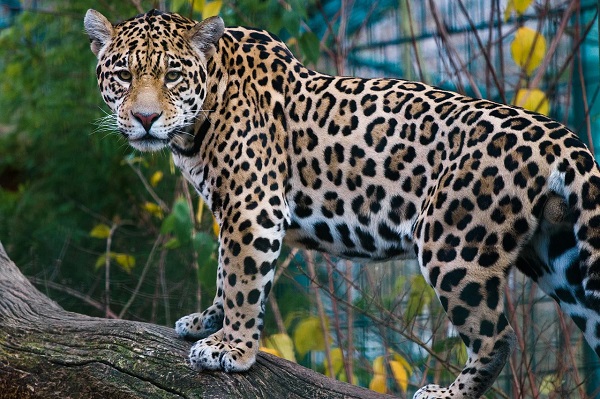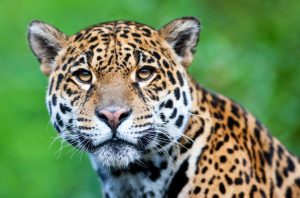Mexico wildlife conservation efforts are broadening every year. Though much of the country’s beloved vast diversity of wildlife continues to thrive, this country isn’t any different from the rest of the world in that some species are struggling – several more than others.
Growing Mexican Wildlife Conservation Efforts
The wildlife in the country is deeply valued by locals and guests alike. Mexican wildlife conservation efforts have even formed an exceptionally popular and successful eco-tourism trend in Mexico. This trend involves tourists paying for tours, lessons and experiences focused on the natural landscape, animal life and plant life in the country.
Visitors take boat trips on rivers or along the coastline. They visit conservation groups and attend reintroduction efforts. The funds from their tickets help to pay for these Mexican wildlife conservation efforts which, while entertaining, play a very real role in helping to recover species that are struggling.
Animals Locals Aim to Protect with the Eco-Tourism Trend in Mexico
Among the endangered or threatened species that Mexican wildlife conservation efforts are attempting to protect include:
- Jaguars – The largest feline species in the Americas, once revered for its strength, it is now threatened due to habitat loss and prey loss from human activities.
- Mexican grey wolf – There are fewer than 300 of this wolf species left. Smaller than any other wolf in the world, it could easily be mistaken for a medium-sized dog. It currently exists only in captivity.
- Scarlet macaw – A brightly colored macaw species is mainly red on its body, with yellow, blue and green on its wings. The only remaining individuals left are in the state of Chiapas. The rest have been illegally sold as exotic pets worldwide.
- Loggerhead sea turtle – Though this animal was never typical in Mexico other than for spawning, massive Mexican wildlife conservation efforts have been hatching their eggs to reintroduce them to the waters at the appropriate time of year to return them to their natural ecosystems.
- West Indian manatee – Less than two thousand of these manatees are left, having been hunted for meat and then threatened by careless hunting practices. The remaining individuals are found in Mexico and in the Amazon river in Brazil.
- Yellow-headed parrot – Also called the Amazona oratrix, this is a brightly colored parrot species with yellow, green and red feathers. Its ability to mimic certain sounds, including human voices, has been a primary contributor to its threat of extinction. Hunting and commercialization have also added to this threat.
- Vaquita Marina – Also called the cochito, this cetacean lives exclusively in Mexican waters. Mexican wildlife conservation efforts are critical as fewer than 100 are believed to remain.
- Mexican axolotl – Nicknamed the “water monster” by the Nahuatl tribe, the majority of the species of this animal live in aquariums around the world. There remain a few in the wild. It is easiest to see them in the Xochimilco floating gardens in Mexico City.
- Volcano rabbit – This small mammal lives in forests high in vegetation and in high areas. Mexican wildlife conservation efforts have not yet been established, though there is a growing push for a captive breeding program at the very least to return this species to the region. Habitat loss and deforestation have placed the future of this species in danger.
- Ocelot – This feline was an important symbol to the Maya, Mexica, Olmec and other pre-Hispanic civilizations. Trafficking and ecosystem destruction have threatened the remaining population of this fascinating species.








